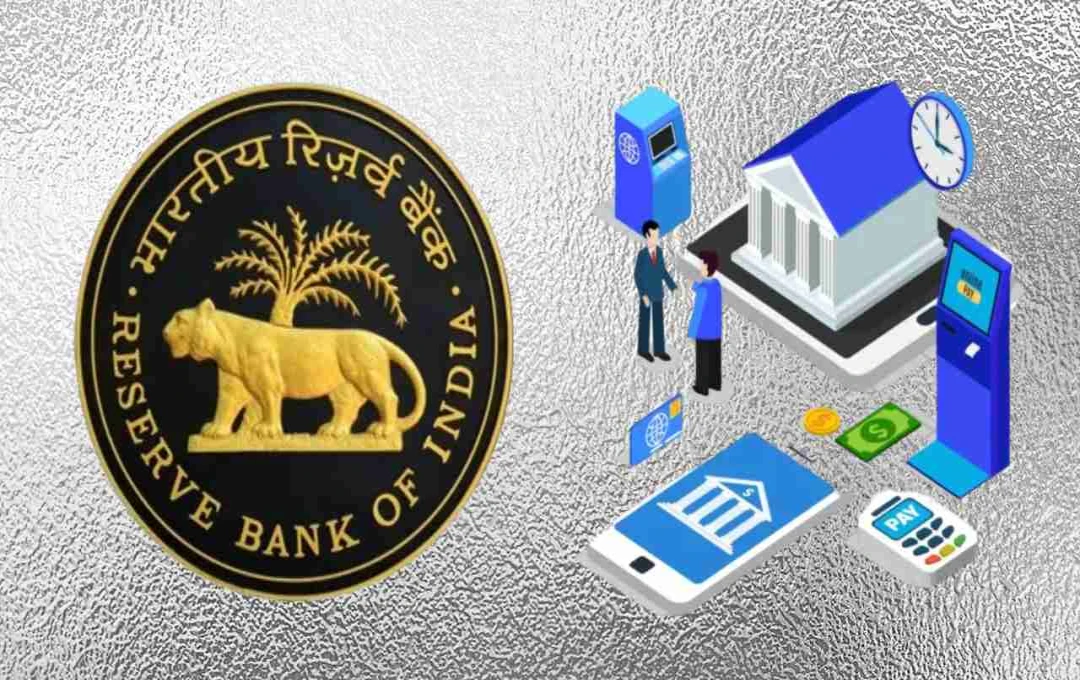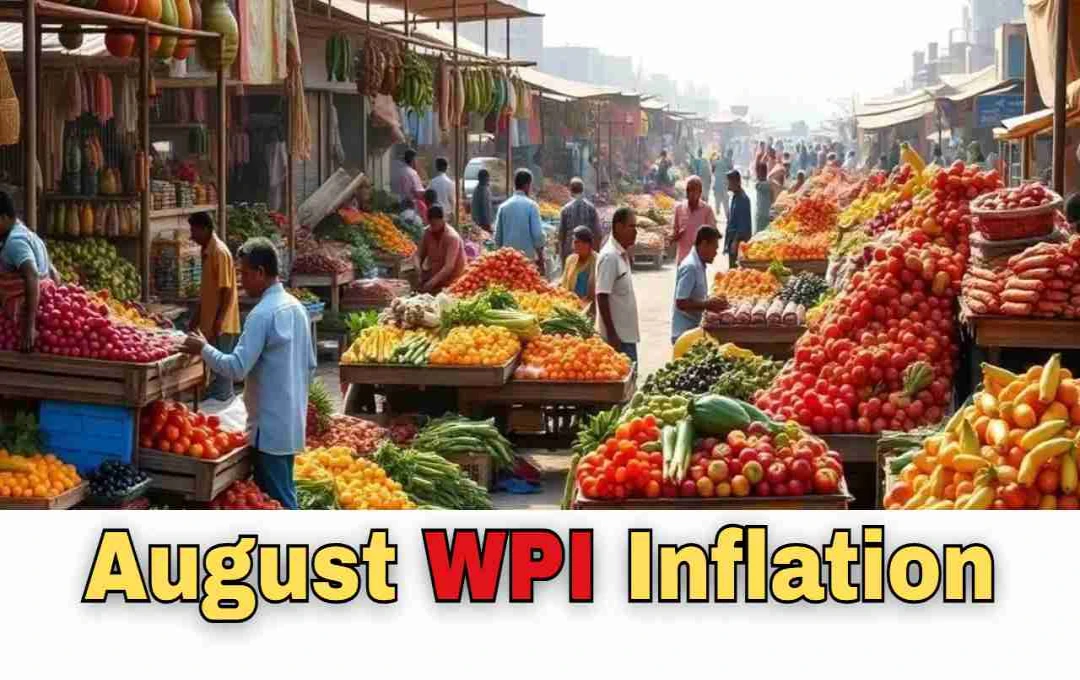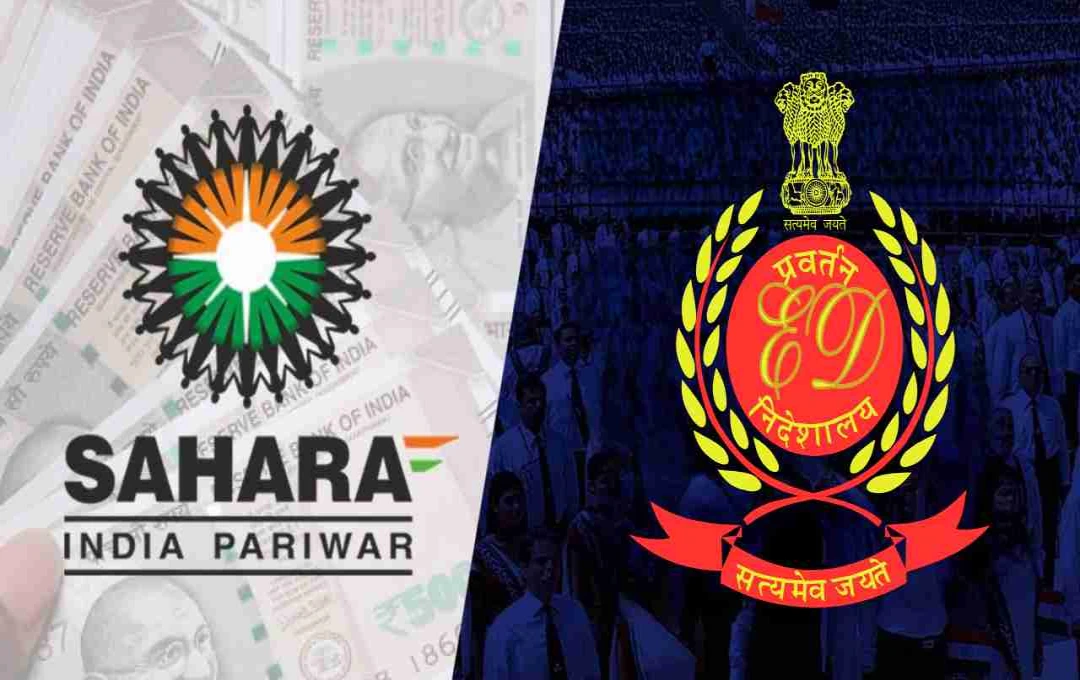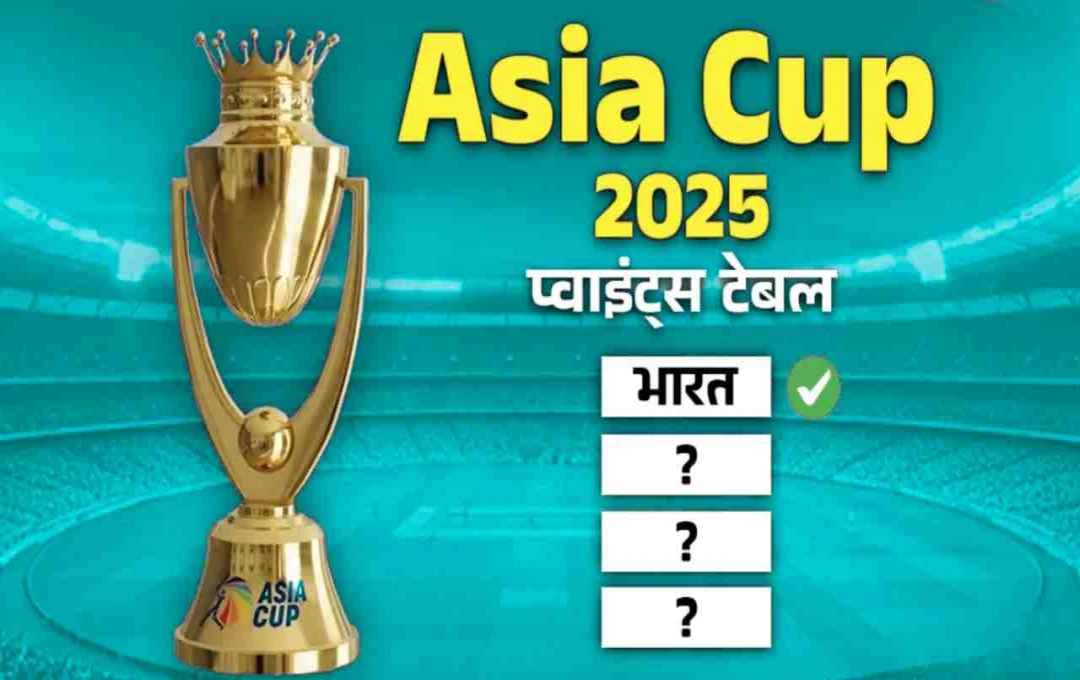The Reserve Bank of India (RBI) has issued new guidelines for Payment Aggregators. They have now been divided into three categories – PA-P, PA-CB, and PA-O. A minimum net worth of ₹15 crore is required to commence business, which must increase to ₹25 crore by the third financial year. The guidelines have come into effect immediately.
RBI guidelines: The Reserve Bank of India has released new guidelines for the regulation of Payment Aggregators, which are effective immediately. Under these guidelines, Payment Aggregators have been categorized into three types based on their operations: Physical (PA-P), Cross-Border (PA-CB), and Online (PA-O). Non-banks are required to have a minimum net worth of ₹15 crore to start their business, which must reach ₹25 crore by the end of their third financial year. The guidelines also include provisions related to escrow accounts, fund management, cross-border limits, and governance.
Three Categories for Payment Aggregators
As per the RBI’s directives, Payment Aggregators have been classified into three categories based on the work they undertake. Physical Payment Aggregators are designated as PA-P, Cross-Border Payment Aggregators as PA-CB, and Online Payment Aggregators as PA-O. Separate standards have been set for each of these three categories.
Physical Payment Aggregators are those who accept physical transactions and payments. Cross-Border Payment Aggregators handle international transactions. Online Payment Aggregators, on the other hand, provide payment services through digital channels.
Key Provisions in RBI Guidelines
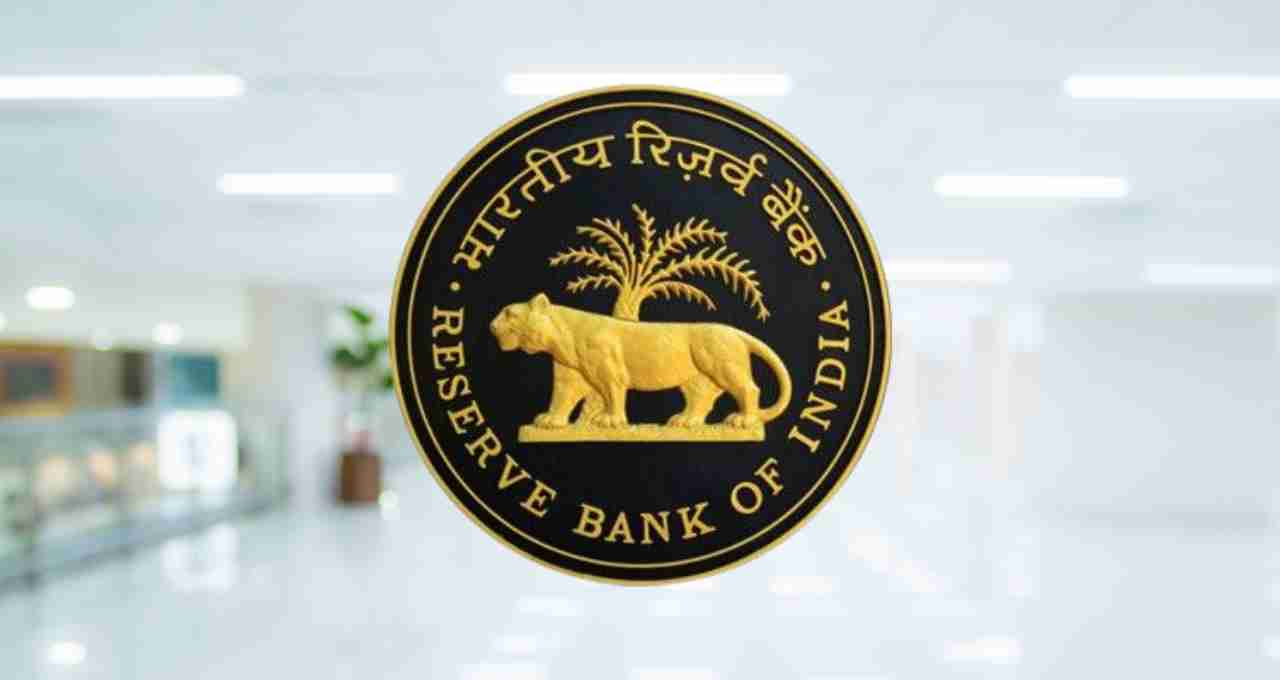
Non-banking Payment Aggregators will be required to obtain authorization from the RBI to commence or continue their business. A minimum net worth of ₹15 crore is necessary at the time of application. Furthermore, a minimum net worth of ₹25 crore must be achieved by the end of the third financial year after receiving authorization.
The guidelines also mention rules for escrow accounts and fund management. A limit for cross-border transactions has been set for the PA-CB category. The guidelines also state that promoters must adhere to 'fit and proper' criteria.
The RBI had issued draft guidelines for Payment Aggregators in April 2024. Following the receipt of feedback from all stakeholders, the final guidelines have now been released.
Bank and Non-Bank Payment Aggregators
Banks will not require separate authorization to operate as Payment Aggregators. However, for non-banking entities, specific capital requirements have been laid down. This move will ensure the financial stability and operational transparency of non-banking Payment Aggregators.
Responsibility for Business and Regulation
The RBI has stated in the guidelines that Payment Aggregators must maintain transparency in their business operations. Clear directives have been provided in the guidelines for fund management, transaction records, and the protection of customer funds. Additionally, promoters and directors will be mandated to comply with the regulations.
This step has been taken to enhance trust and security in the digital payments sector. The central bank has implemented stringent measures to prevent any arbitrary actions or violations of rules.
Business Impact
The implementation of the new guidelines for Payment Aggregators will require non-banking entities to strengthen their financial position. This move may present challenges for small and new aggregators. Conversely, for large and established aggregators, these regulations offer an opportunity for business stability and regulated operations.
The guidelines will help increase transparency in the digital payments sector and ensure the security of customer funds. This will boost investor confidence and strengthen the level of regulation in the market.
